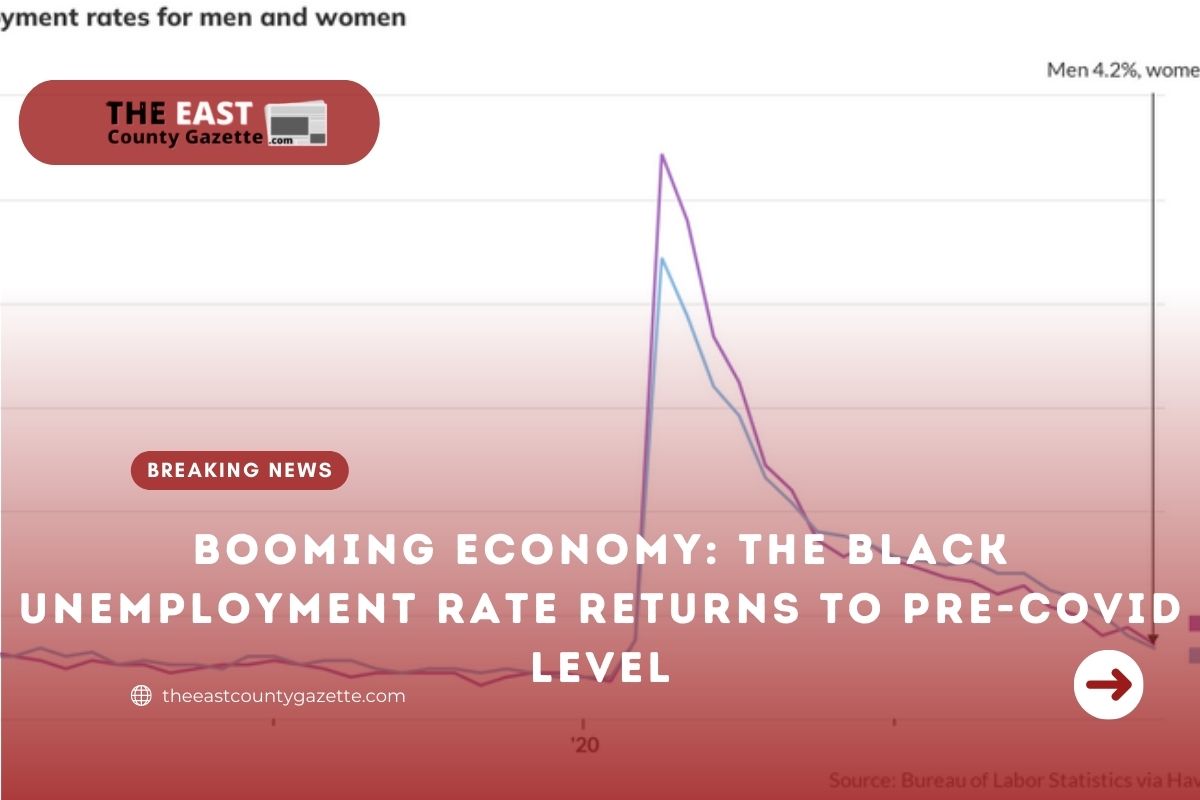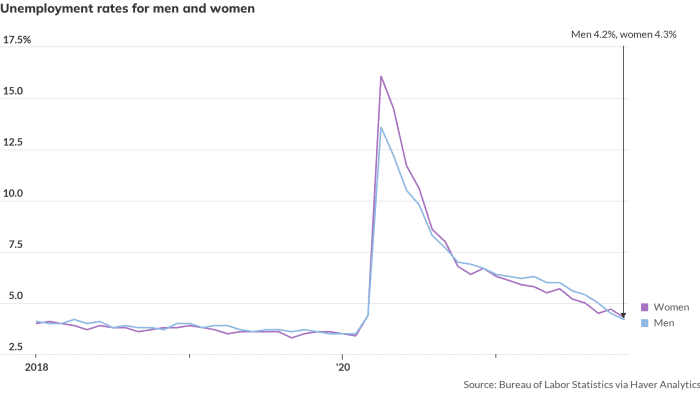Some groups were impacted more severely by the pandemic recession than others, but these differences are gradually disappearing. Since November, Blacks and female unemployment rates have returned to “normal” levels, and the gap between the two groups has narrowed.
During November, the unemployment rate for people who identify themselves as black decreased by 1.2 percentage points to 6.7%, its lowest level since February 2020, when it stood at 6.0%. Meanwhile, Workers who are identified as white had an unemployment rate of 3.7%. Those numbers are similar to what they were at the end of 2018.
Read More: Latest Agreement Between U.S. and China Bad News For Crypto Miners. Here’s WHY?
Historically, Black unemployment rates were twice as high as those of whites. After the Great Recession of 2008, this changed, as full employment became the norm. As a result, Black job seekers found it easier to find work.
According to the latest figures, some of the gains African Americans made in the workforce during those years have been sustained despite the pandemic. Unemployment, however, represents a crude gauge of the strength of the job market, since it is dependent on the level of labor-force participation: A person can’t be counted as unemployed if they aren’t trying to get a job.
For all groups, the labor-force participation rate fell during the recession in 2020, though some groups saw higher falls than others. In the first two months of the pandemic, for example, the participation rate for Blacks fell by 4.5 percentage points, while the rate for whites fell by just 2.2 percentage points.
As of August 2021, Black participation in the labor market caught up to white participation, but it has fallen behind again in recent months. Ninety-one thousand Black women left the labor force in November alone.
A large number of workers have retired, which is one reason why people left the labor force. There were others who did not work because their child couldn’t go to school or daycare.
Read More: Stimulus Payments Between $530 and $3,000 Are Sent to 1000’s of Americans!
The reason for this was that they cared for other people or they were afraid of getting sick at work. Other workers assumed that since they were entitled to unemployment benefits or stimulus payments, so they believed that working didn’t pay.
The percentage of the population participating in the labor force is 1.5 percentage points lower than it was before the pandemic. This means the number of workers in the labor force is therefore about 3.8 million below what it would have been if the participation rates were fully recovered.
The employment rate has also risen significantly for women since the pandemic, at least in terms of the number of unemployed women. The unemployment rate for women peaked at 16.1% during the pandemic, while the rate for men was 13.6%. These rates have since dipped to nearly identical levels: 4.2% for men and 4.3% for women today. As of early 2018, that was where their unemployment rate stood.
Nonetheless, unemployment is an imperfect indicator since mothers with children of school age are facing a child-care crisis. In the event of a return to pandemic levels of labor-force participation, about 2.1 million more women would be employed.


